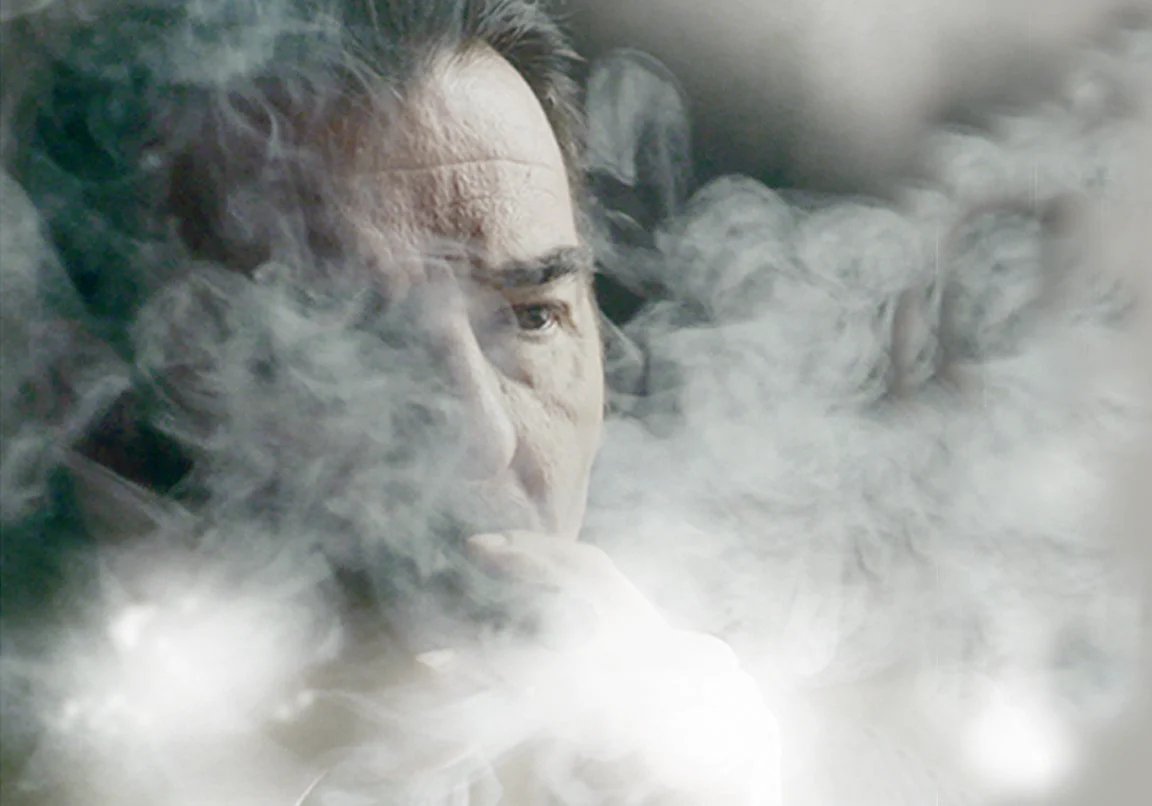
History of the Telenovela
Written by on Apr 07, 2023 6:22 PM
Romance. Drama. Radio! The origins of the telenovela, like the American soap opera, came from radio. Originally, the radionovela was designed to entertain factory workers in Latin America in the early 20th century [1]. The point, according to German-Latina researcher Hannah Müssemann, was to entice workers to go back to their jobs each day: “If they wanted to hear the entire story, they would have to go back to work in the factories, one of the few places where there was a radio” [1].
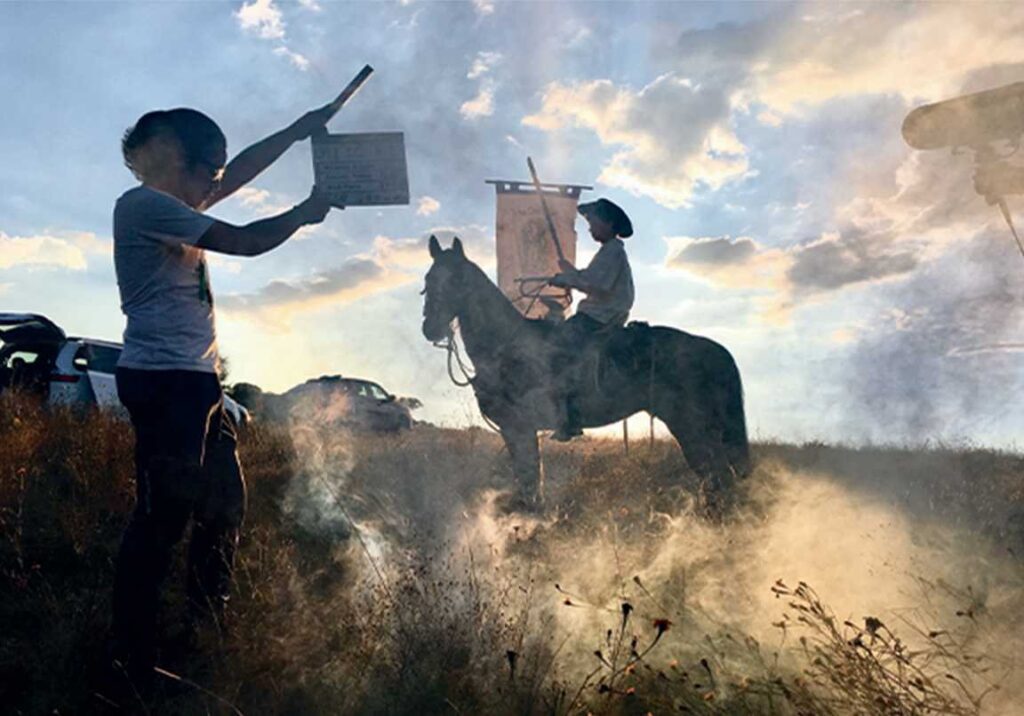
The telenovela was born as the decades went on and technological advancements made televisions affordable. Unlike soap operas, which could run for decades, the telenovelas (television novels) have a contained story arc only lasting a few seasons, making this style of programming very marketable, appealing, and exportable. The most common themes in a telenovela deal with love lost, mothers and daughters fighting, long-lost relatives, and in recent trends the drug trafficking history of Latin America (narco-novela).
With Mirando al Cielo, a film told in the style and direction of a telenovela, coming to theaters nationwide April 18, we dove into the history of the telenovela and its relevance in contemporary culture.
As the telenovela entered Latin American culture, it spread like wildfire, garnering millions of viewers in the country of production (a common theme for a telenovela). Some of the more popular telenovelas would be adapted for other countries [2]. An example of this is Columbia’s “Yo Soy Betty, La Fea” (Ugly Betty), which injected humor and self-reflective themes to cut through the “stark racial, economic, and gender inequality” experienced in Columbia [3].
The unconventional formula and familiar mannerisms to Latin American culture made the show relatable to millions around the globe, making Ugly Betty the Guinness record holder as “the world’s most successful telenovela, seen in 180 countries, translated into 25 languages, and remade 30 times,” including the US version depicted below [3].
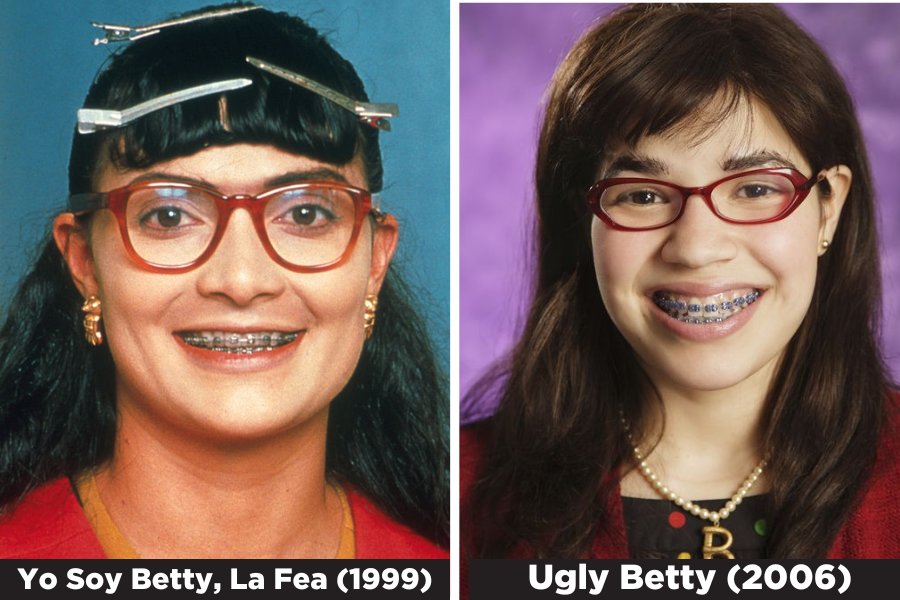
The cultural touchstone was beginning to form, and as the Latin American community migrated to different countries (specifically the US), the telenovela became a conversation piece for “Latinos in the U.S. to talk about shows with people back in Latin America” [2].
This would create a way for the collective community, whether in the country or outside of it, to stay in touch with their culture. Popular story arcs such as long-lost family members resonated with emigrated families, as did the religious undertones that permeated into telenovelas (aimed at the Catholic Latino population).
In addition, regional telenovela programming became so popular in countries like Brazil that “you can date when someone was born because all the babies of that year will be named after the main protagonists of the most popular telenovela of that time” [1]. Another interesting aspect, and one that is more relevant today, is the birth of the narco-novela.
As streaming studios such as Netflix took on projects highlighting crime lords like Pablo Escobar and Amado Carrillo Fuente (Lord of the Skies), it created a new wave of telenovelas aimed at exploring the criminal history of Latin America. Narcos and Narcos: Mexico inspired Latin American programming to create the narco-novela, which was aimed at a younger demographic [1]. The explosion of interest has made this style the most popular in contemporary telenovela programming, which can be attributed to the global reach of Latin American television.
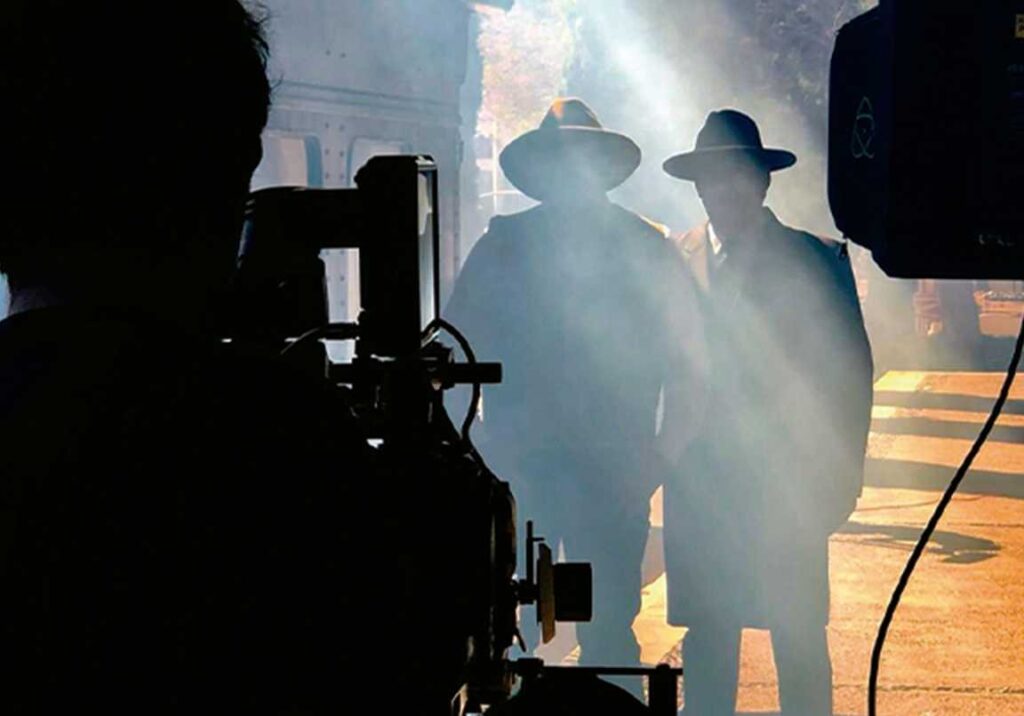
Mirando al Cielo is one of the many beautiful stories that exist in Mexico, exploring unshakable faith, forgiveness, and sacrificial love during the Cristero War. In the vein of a telenovela de memoria (telenovela of memory: documenting the past and using real events and names that viewers can easily identify), the film shares this important piece of history, providing a unique lens on the 14-year-old boy who became the youngest saint in the Catholic Church, José Sánchez del Rio.
The key factors that make Mirando al Cielo stylistically the same as a telenovela de memoria are that the story depicted is one that most of the audience remembers “either personally or as a story told by their parents or grandparents,” and it is a melodrama/docudrama [4]. You can even argue that this “cinovela” has a contained story arc like a traditional telenovela.
Overall, the beauty of Mirando al Cielo comes from its celebration of faith in Latin culture, something that is usually buried in the romantic comedy of the most successful telenovelas like Yo soy Franky, La calle de las novias, and of course, Ugly Betty (all of which have been adapted into American romantic comedies) [5].
The importance and evolution of the telenovela in global culture is fascinating. From its humble beginnings to mainstream television (reaching over 6 million viewers per week), this form of media is an amazing lens into Latin culture and a way for people to stay connected with each other [5].
Here’s a list of the Top 5 Telenovelas of all time:
1. La Reina del Sur (2011) – “The Queen of the South,” a narco-novela that follows the rise of Teresa Mendoza, a Mexican woman who becomes a powerful drug lord. The show was so popular it was adapted into a USA Network crime drama of the same name.

2. Señora Acero (2014) – Chronicles the story of a young widow who must take control of her drug-trafficking husband’s business after he dies. Like most telenovelas, Señora Acero ran for five seasons.

3. Rosario Tijeras (2016) – Based on the Colombian production of the same name, this telenovela follows a troubled young woman who dedicates her life to getting revenge on everyone who has hurt her.

4. Rebelde (2004) – A remake of the Argentinian series Rebelde Way, the series is set in an elite boarding school and follows the relationship of students who start a pop band.

5. El Señor de los Cielos (2013) – Just like Narcos: Mexico, this narco-novela follows the story of Amado Carrillo Fuente (The Lord of the Skies). Telemundo recently announced that they will continue the series for eight more seasons.
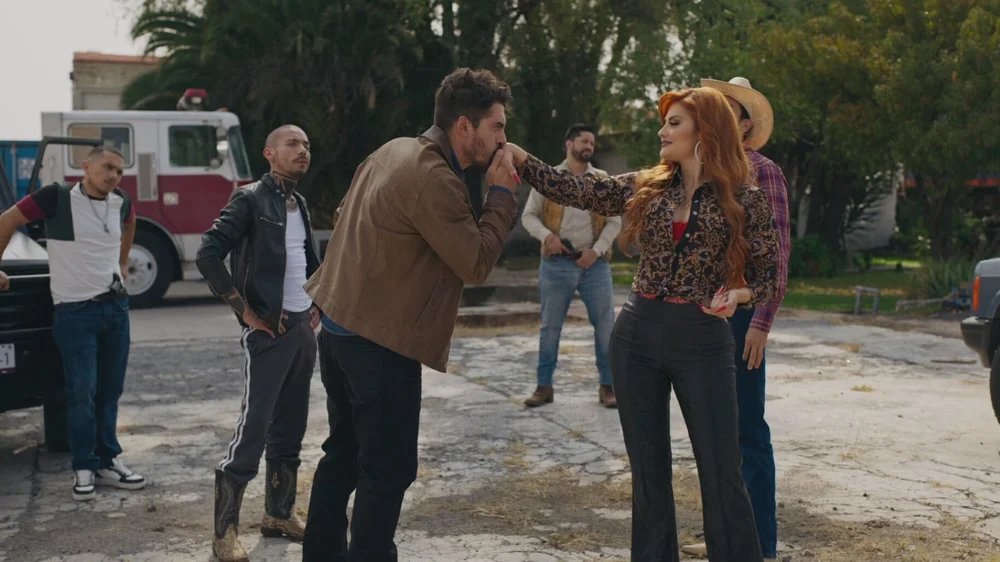
Experience Mirando al Cielo on the big screen April 18, and for more information about any of our events visit our event page.


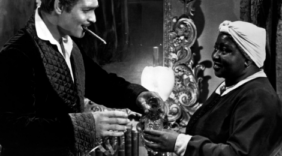


"*" indicates required fields